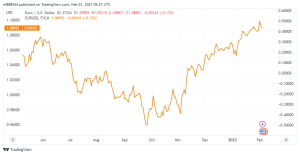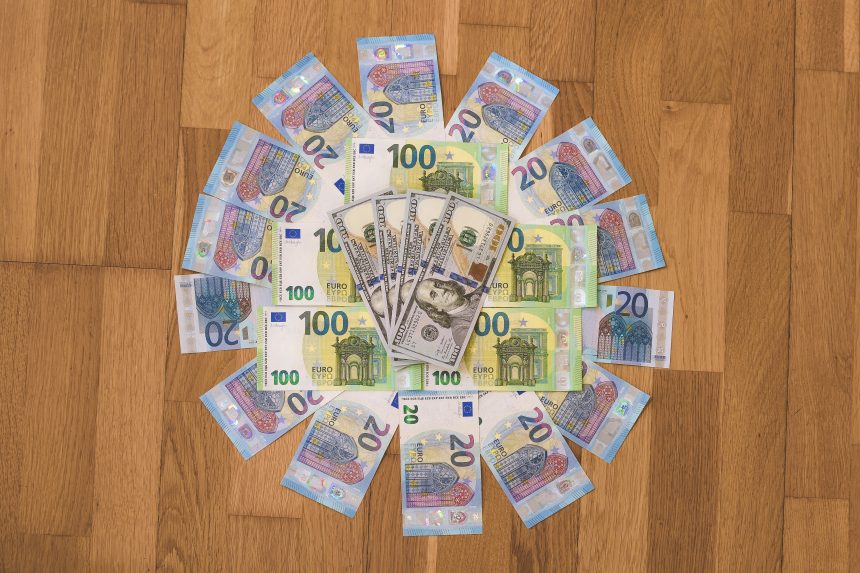EURUSD is gauging a buffer around 1.0900 despite the unfavorable market sentiment.
In the Asian session, the EURUSD pair is aiming to create a cushion below 1.0900. The main currency pair has experienced significant swings in the last two trading sessions, owing to volatility prompted by the Federal Reserve’s (Fed) interest rate decision and is projected to continue to outperform the US Nonfarm Payrolls (NFP) statistics.
EURUSD cross between the 20- and 50-EMAs around 1.0927 adds to the downside filters.
Meanwhile, the risk profile is pessimistic, as risk-perceived assets such as S&P500 futures are under extreme pressure. The US Dollar Index (DXY) is battling to break beyond the immediate resistance level of 101.55. The 10-year US Treasury yield has been steadily lowering, with the day’s low falling below 3.37%.
The EURUSD had a steep sell-off following the creation of an Inventory Distribution chart on an hourly timeframe. The distribution of inventories in the minor range of 1.1006-1.1033 suggests a change. Inventory was transferred from institutional investors to retail participants.

The common currency pair has fallen to near-critical support at the February 2 low of 1.0885. The 20- and 50-period Exponential Moving Averages (EMAs) have crossed below 1.0927, indicating more weakening ahead. In addition, the Relative Strength Index (RSI) (14) has moved into the bearish zone of 20.00-40.00, signaling more weakening.
After a clear break below the February 2 low at 1.0885, the asset may show additional weakness, dragging it toward the February 1 level at 1.0852, followed by the January 31 low at 1.0800.
A break over the intraday high at 1.0916, on the other hand, will encourage the Euro bulls and propel the asset toward the horizontal barrier posted from the January 23 high at 1.0916.









